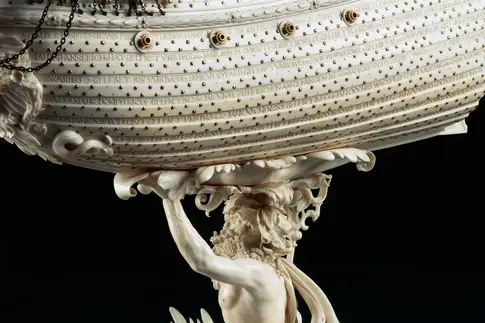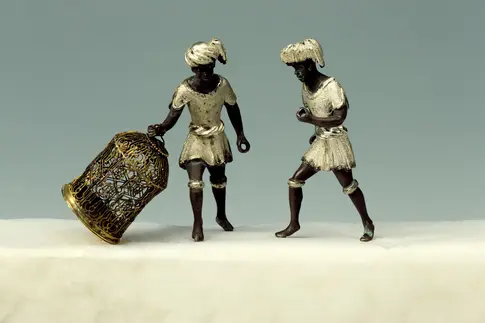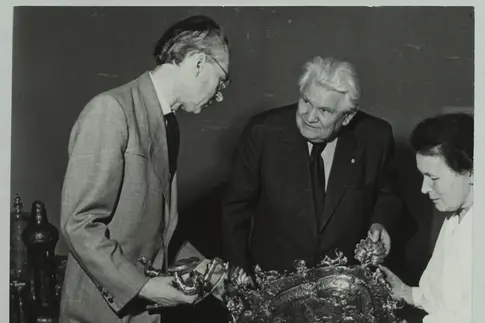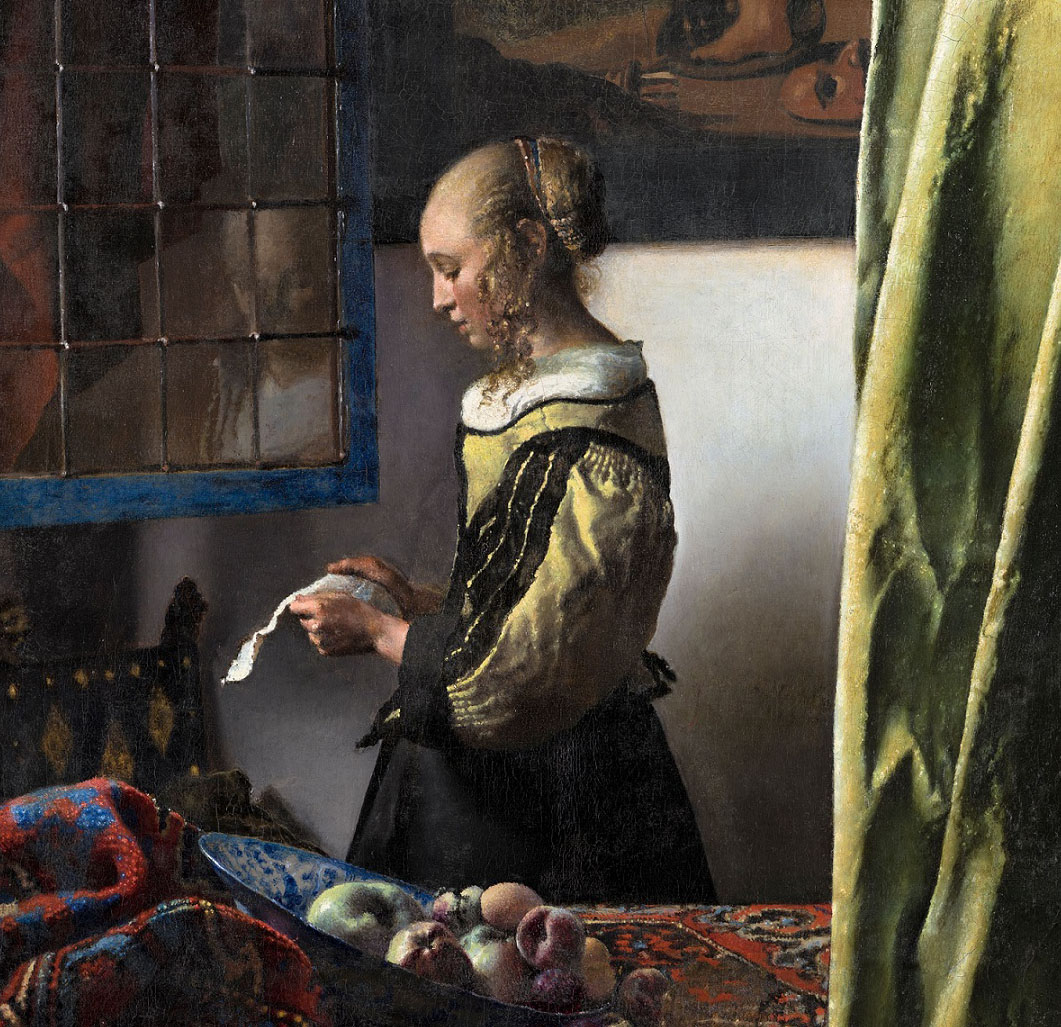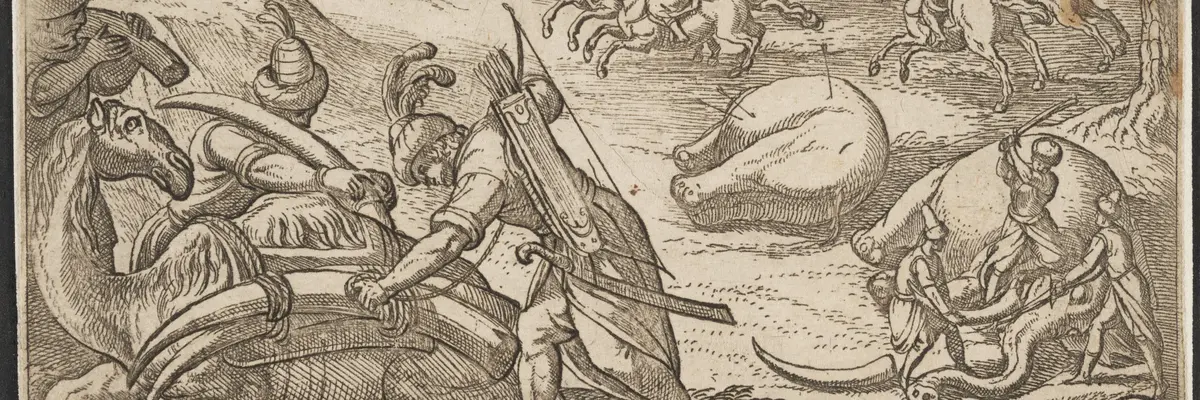
What does Ivory Trade mean?
The Grünes Gewölbe holds around 800 objects made of historical ivory dating from the sixteenth to the eighteenth century. At that time, there was no systematic hunting of elephants by European colonial powers. Instead, ivory reached the European market mainly from trade with Africa via Portugal, and later also via the Netherlands or the United Kingdom. From the beginning of the sixteenth century, the West African ivory trade was already closely linked to the trade in enslaved people.
Elfenbeinhandel
Archival documents show that it was still difficult to obtain elephant tusks in Europe at the end of the sixteenth century. In the eighteenth century, however, more than 100,000 tusks were shipped from West Africa to the Netherlands and Great Britain over a period of 25 years. At the height of European colonialism around 1900, it is estimated that more than 800 tonnes of ivory were consumed annually. With each tusk weighing on average 16 kg, this corresponds to around 50,000 tusks. The material became a staple commodity. Typical products included combs, billiard balls, and piano keys. In the twentieth century, African elephants were on the brink of extinction. To prevent this, in 1973 the international community agreed on the Washington Convention on International Trade in Endangered Species, which introduced a comprehensive ban on trading in non-historic ivory. Despite all efforts, the illegal trade is still flourishing. Today, around 20,000 animals are killed every year and elephant populations continue to shrink. In 2018, the UK and China passed the strictest ivory trade laws in the world. In these two countries, the sale of ivory is almost completely prohibited.
Elfenbeinhandel
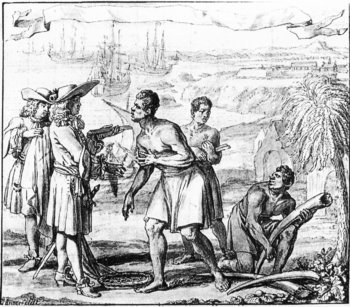
Ivory Trade
The Staatliche Kunstsammlungen expressly and fully support international species protection regulations. One of the tasks of our museums is to educate visitors about the practice of illegal trade and the danger of the extinction of endangered species. At the same time, our collections house historical works of art made from materials derived from endangered animal species. They are important testimonies to the cultural and artistic development of humanity and often also provide important zoological information. These artefacts must be preserved, made accessible to the public, and placed in their historical and cultural context.
more Insights
300 Jahre Grünes Gewölbe
300 Jahre GG

